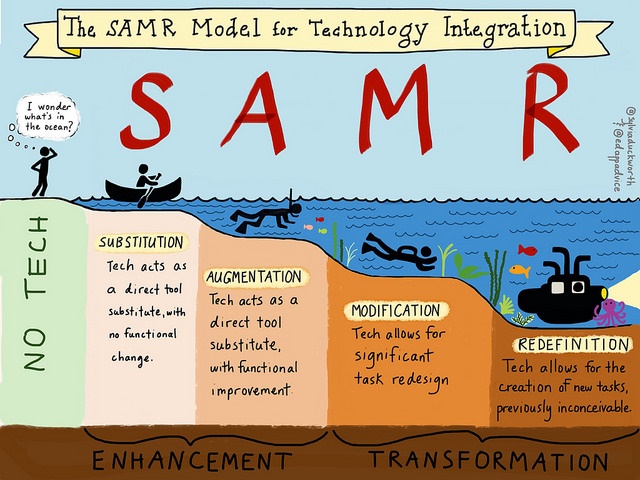In today's fast-paced world, where technology and connectivity are omnipresent, educators must adapt their classroom management strategies to effectively engage students and maximize learning outcomes. As the digital landscape continues to evolve, harnessing the potential of technology becomes essential. This requires rethinking traditional approaches and implementing innovative strategies to minimize distractions, establish clear expectations, promote digital citizenship, and leverage students' expertise. Let's explore some practical ideas to navigate classroom management in an increasingly digital context.
Minimizing Distractions:
With technology comes the challenge of managing distractions. To mitigate this, implement strategies that minimize extraneous stimuli. For instance, have students close all unnecessary browser tabs except the one they are currently working on. Encourage them to shut their laptops or face them towards the teacher during teaching or discussion time. By setting these expectations, you create a focused learning environment that reduces the temptation to engage in unrelated activities.
Balancing Engagement with Technology:
A well-balanced classroom experience incorporates both technology-based and non-technology-based activities. By jumping back and forth between these two modes, students are more likely to stay on task and engaged. Mix interactive online exercises, research, or collaborative projects with hands-on experiments, discussions, or group work. This balance ensures students experience a variety of learning methods and fosters a more holistic educational experience.
Establishing Clear Expectations:
At the start of the school year, establish clear expectations for technology use. Communicate classroom procedures regarding the appropriate and responsible use of technology. Ensure students understand when, how, and for what purposes technology should be utilized. This clarity provides a framework for students to navigate technology effectively and helps maintain a structured learning environment.
Promoting Digital Citizenship:
In our current context, teaching digital citizenship is essential. Educate students about appropriate behavior when engaging with content, peers, and others online. Foster a sense of responsibility, empathy, and critical thinking. Encourage students to respect intellectual property rights, practice online etiquette, and understand the potential consequences of their digital actions. By instilling these values, you empower students to become responsible digital citizens. This is a skill who's importance cannot be understated.
(For more information on digital citizenship visit this page on Harvard's graduate school of education site)
Regular Check-Ins:
Maintaining an active presence in the classroom is crucial. Regularly walk around the room, checking in with students to ensure they are on task and offer support when needed.
Leveraging Students' Expertise:
Recognize and leverage students' expertise with technology. Encourage them to share their knowledge and teach one another. By implementing student-led workshops or group projects that involve technology, students develop leadership skills, improve their understanding of technology concepts, and enhance collaborative abilities. Implement a "3 Before Me" policy, encouraging students to seek assistance from their peers before seeking help from the teacher. This promotes independent problem-solving, reduces interruptions, and strengthens peer relationships and connection.
As technology continues to shape our world, educators must adapt their classroom management strategies to effectively engage students in an increasingly digital context. By implementing strategies to minimize distractions, establishing clear expectations, promoting digital citizenship, and leveraging students' expertise, educators can create a structured and productive learning environment. Let us reimagine classroom management and navigate the digital landscape together, ensuring maximum learning opportunities for our students.
(With support of generative AI)






























